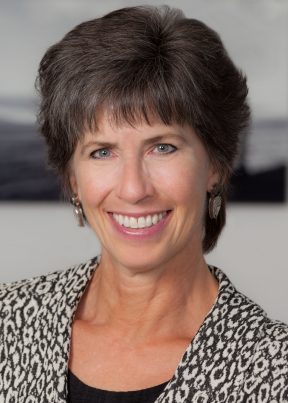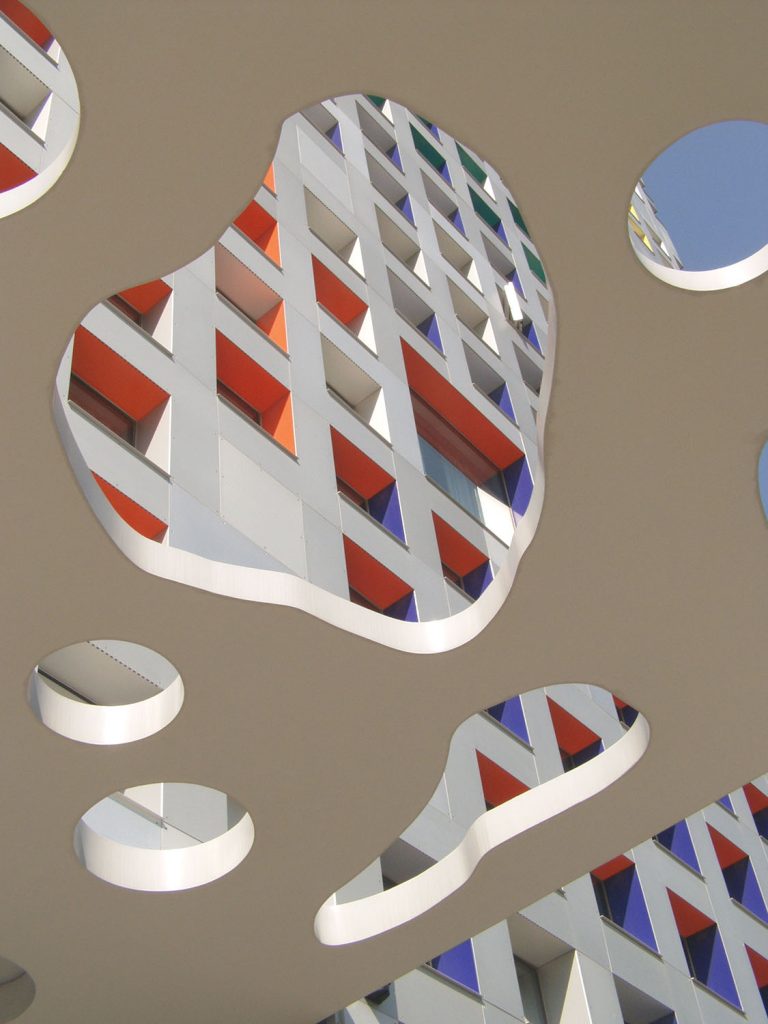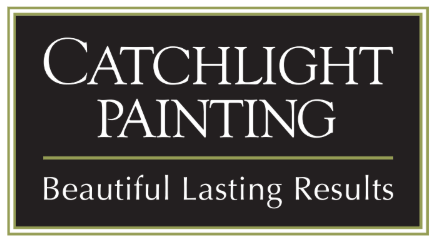Catchlight Painting, a local Newton business and a community partner, is excited to feature other businesses, individuals, and organizations that we find exceptional. For this month’s showcase, we are pleased to introduce Lynne Damianos.
Meet Lynne
 As the daughter of artistic parents, Lynne Damianos spent a great deal of her childhood visiting art galleries and museums. Lynne took an early interest in photography, and then one day, in a high school darkroom, that interest developed into a full-blown passion.
As the daughter of artistic parents, Lynne Damianos spent a great deal of her childhood visiting art galleries and museums. Lynne took an early interest in photography, and then one day, in a high school darkroom, that interest developed into a full-blown passion.
Ask Lynne and she’ll tell you, with youthful enthusiasm, about watching a friend turn a white piece of paper into a photographic print. There and then, Lynne was hooked by the alchemy of photography. She enrolled in photography classes, became the school yearbook photographer/editor, then headed off to the Rochester Institute of Technology to immerse herself in a photography major.
Today as the principal of Damianos Photography, Lynne produces award-winning photographs of the built environment, products, artwork and people for business.
You photograph all things relating to business including people, products, building exteriors and interior spaces. That’s a wide range of subjects! How do you approach an assignment?
It’s all about the story I need to showcase. Once I understand how an image will be used, I collaborate with my client to come up with a plan. Sometimes it’s simple, and sometimes there are many moving parts, but always it’s about the story, and what the images need to convey.
What drew you to architectural photography?
As a kid I worked for my architect father and gained a deep appreciation for the built environment. I also came to understand the difference between what an architect, general contractor, lighting designer etc. look for in photographs of the same project. When I started my business, about 3% of commercial photographers were women, so I realized being a woman might give me an edge. I lot of what I know and love comes together in the work that I do.
How did you get your start in photography as a business?
I grew up in Pittsburgh, PA and interned for a commercial photographer there. Some of my college friends suggested I’d find more opportunities in the Boston area.They recommended I move here, so I did. I’ve worked in photography labs, exhibit design firms, and trade-show graphics houses. This is how I learned about the back end of the industry and acquired the skills necessary to build my own business.
There are many stunning portraits of buildings on your website. The photos are taken at various times of day: full sun, as a setting sun colors the background sky, at night as indoor lighting illuminates the windows. How do you decide the ideal time of day, and best way to photograph a building?
First I find out which facades my client wants photographed then consider lighting options depending upon the direction these face. Except in mid-summer, no direct light touches the north side of a building, so north facing facades are often a good candidate for a dusk shot. If a building relates to an environment – for example a campus – we may want to show that relationship. If we want to include people, we plan around times when the space is full of life. Other times, we may need to avoid having people in the image so will plan around that.
Of the photographs you’ve taken over the years, do you have a few favorites? If so, why?
Yes. The first is a portrait I took from the roof of my high school of the entire student body – about 700 people. There had never been a photograph on the cover of our yearbook and I had to make arrangements with the scary principal to set this up. It was a neat photo and I learned how important successful project management is.

The second is an image that took a great deal of effort. I’d taken a photo of the Bose Headquarters at dusk, then Fujifilm asked me to re-create the image using another type of film that the company was promoting. Just think about trying to recreate the same sunset, and remember this was film, so no touch ups! I had to go back every day for two weeks to recapture that image.
The third is a detail shot taken at MIT’s Simmons Hall. It’s so abstract that many people can’t figure out what it is. They love it anyway, and I love that!
For me it’s exciting to create a WOW image that will get my client noticed. An image succeeds when it combines storytelling, composition and lighting in just the right way.
Which photographers have influenced your work, and in what ways has photography changed since you became a professional photographer?
Before completely switching to digital in 2006, I took pictures using a 4×5” view camera – manual exposure, no battery, film. Ansel Adams produced much of his work using view cameras. Among others, Adams influenced my early work.
Now digital photography and electronic delivery have replaced film and darkroom printing. Once you cross the technology divide and understand it, new possibilities open. Working on location takes less time now, and there’s not as much heavy equipment to lug around. On the other hand, I spend more time at a computer making adjustments to images. Being able to color calibrate cameras, monitors and printers does make it easier overall to achieve accurate and pleasing results.
You teach work-groups and private classes. Do you enjoy teaching?
At one point I ceased working for a Boston area photography firm and needed to honor a non-compete agreement. Previously, while a student at RIT, I’d been a teaching assistant at the National Technical Institute for the Deaf and LOVED it. Returning to teaching felt natural, plus I realized that teaching could be a good way to diversity my business while keeping me at the top of my game. I’ve been a faculty member at various schools in the area. Many people are afraid to use their digital cameras and I love helping people get over that so they can enjoy being creative.
Why should a businesses invest in professional photography?
Many businesses use images on their website that don’t tell the story they seek to convey, or fail to reflect the quality of what they do. Photographs (not text) are typically the first thing a customer notices on a website. In an instant, a person will make a decision based on what they see, so it makes a poor impression when they see images that are too dark, too light, have bad color, or a perspective that is somehow out-of-whack.
Sometimes hiring a student or doing your own photography works out, but collaborating with a professional is typically a great investment. You’ll get the result you need and will usually save time as well. As a professional photographer, I’ve developed a keen eye. I see things in a way that is deeply informed by years of training and experience.
Lynne Damianos has a marvelous ability to capture her subject – whether a person, item or building – in a way that feels natural, engaging, and dynamic. She produces beautiful images, is a gifted visual artist, and delightful to work with.
Contact Lynne
Lynne Damianos
Damianos Photography
The Saxonville Mills (as of 12/5/16)
1630 Concord Street
Framingham, MA 01701
Phone: (508) 872-4880
Email: studio@damianosphotography.com
Website: Damianos Photography



